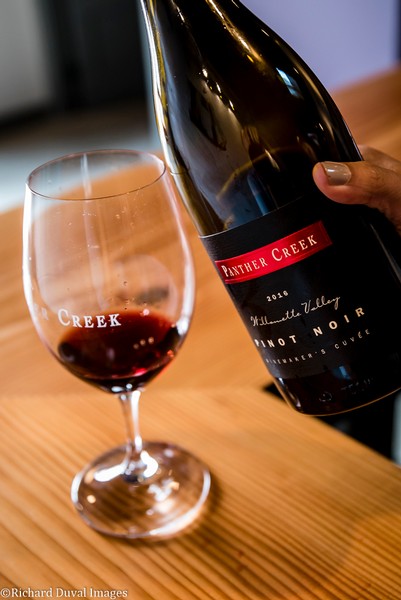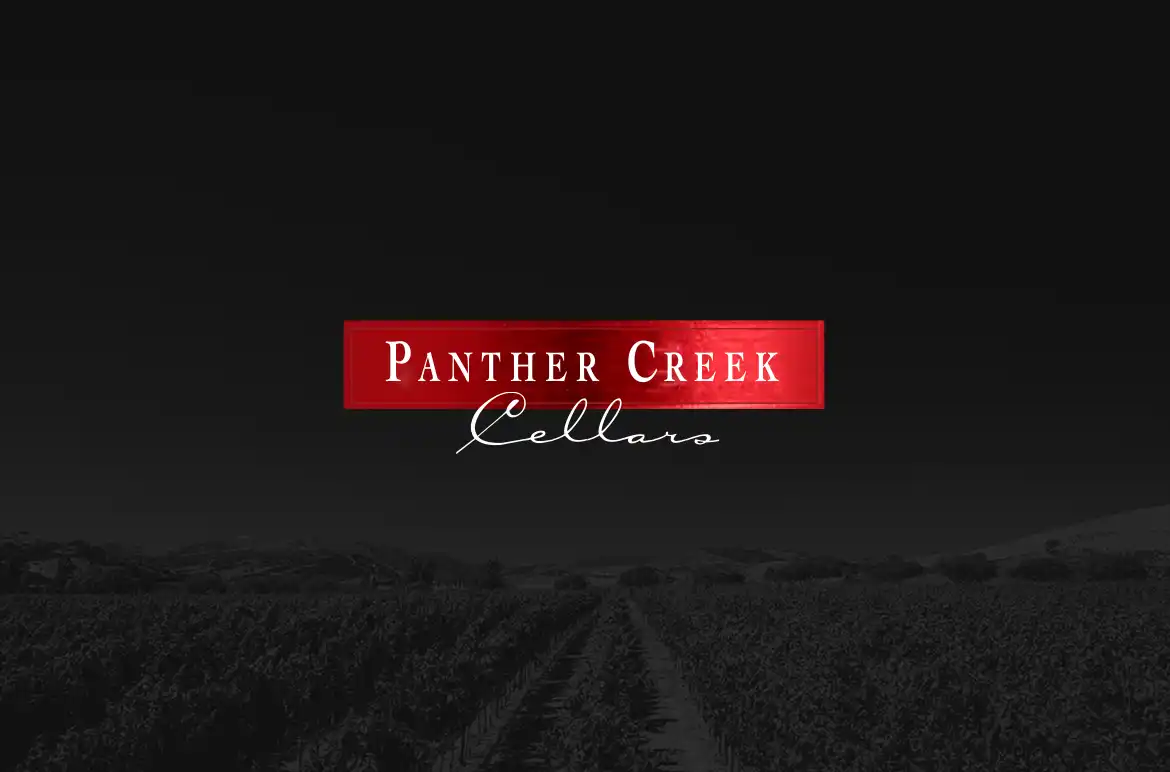How to Store Wine: The Basics to Proper Wine Storage

How to Store an Open Bottle of Wine
-
Keep Air Out
-
Keep It Cool
-
Keep It Out of the Sun
-
Use Argon Gas
-
Try a Vacuum Pump
Does wine go bad? How long does it last? How long does red wine last? Do I even know how to store open red wine?
These are the questions every wine consumer has had to ask themselves at some point in their lifetime. How to properly store opened wine bottles is almost as important as how you serve the wine. Nothing is worse than pouring a glass of your favorite varietal, taking your first sip, and experiencing that horrible vinegar flavor associated with oxidized wine. That’s a fast way to turn Happy Hour into Horror Hour.
So how long is wine good for after opening? The easy answer is generally 3-5 days for red and 5-7 days for white. However, it’s all dependent on how well the wine is stored before and after the bottle is opened, and that is where we would like to come in. We’re here with simple tips on how to store unopened wine bottles, how to store opened wine bottles, plus a trick to keep your wine tasting delicious until the very last drop.
Tip 1: Don’t Be an Airhead
So how does wine expire?
The answer is oxygen, or as it’s more commonly known in the wine community, “the oxidation effect”. The most important element for the human body is the death of a great bottle of wine. The simplest and easiest solution for preserving wine is, after initially opening the bottle and pouring the first round, to re-cork the bottle immediately. The less air that touches the wine, the better.
The oxidation effect begins as soon as the bottle is opened. Oxygen, when interacting with the polyphenols that create the tannins and the ruby red color in your red wine, affect the wine’s aroma and flavors, leaving that unpleasant vinegar taste no one loves to swing down. To avoid the oxidation effect, keep wines airtight and stored right side up. Even though many wine bottles might be laying on their side when you buy them in the store, that’s only to help keep the cork from drying out before the wine is initially opened. Once you uncork and then re-cork the bottle, laying the bottle on its side only allows more deathly oxygen to interact with the wine.
But what about decanters? Isn’t oxygen touching the wine there?
Good question! Some wine enthusiasts will tell you that oxygen is good for wine because it brings the wine’s aroma out to its full potential. This is true! Decanters are a great accessory to use when enjoying a bottle of wine with a group, but in this situation, you can expect to finish that bottle within the same day. Decanters should never be seen as a long term home for your wine. A good rule to follow is, unless the wine will be going directly into your glass, you don’t want that wine sitting in free air.
But… but I’m very serious about my wine. I need to decant my wine before I drink it.
This is where investing in some half-sized wine bottles are the perfect compromise. Half-bottles, which you can easily order online, when corked will have less loose oxygen moving around and therefore increasing the lifespan of your wine. So feel free to decant the amount of wine you intend to enjoy that evening, pour the rest into a half-bottle, put a cork in it, and save the remainder for the next night.
But I’m terrible at opening wine bottles! I always destroy the wine cork and can’t use it anymore. Does this mean I have to finish the bottle or throw out the wine?
First of all… Never throw out wine…
Second, of course, you don’t need to finish the whole bottle if you can’t re-cork it. Drinking more than you were intending to rarely ends well. Another great compromise is to also look into collecting some wine stoppers. You can find a small pack at any convenient store or liquor store, and certain wine stoppers even have airtight functionality.
Drink smart. Drink responsibly.
Tip 2: Keep It Cool
Almost every wine connoisseur knows red and white wine needs to be served at different temperatures. What they may not know is red wine is often served too warm while white wine is often chilled too cold.
If the average room temperature is around 70 degrees, then your red wine should be stored somewhere just below room temperature. Generally for a full-bodied wine like Cabernet or Shiraz, keeping the bottle in a space that sits at 63-68 degrees is perfectly fine, but for lighter red wines like Pinot Noir, you want that wine to be closer to the 53-63 degree range. Most importantly, for white wine, you absolutely need to keep any white varietal within 44-57 degrees.
What if I can’t set my refrigerator to 3 different temperatures?
Chill out (get it?). If you, like most of the country, are limited to a single temperature refrigerator and can’t afford to install a special wine fridge at this time, a good rule to follow is the 15-minute rule. For white varietals, you’ll want to keep the bottle in the fridge before opening, and then before you pull the cork out, let the bottle rest outside the fridge in dim light for 15 minutes. For red wine, the 15-minute rule is the opposite. Store the bottle in a low light area before opening, and when you’re ready to enjoy the bottle let it sit in the fridge for about 15 minutes, or 20 for Pinot Noir, to chill to its proper temperature.
Why does the temperature matter at all? Can’t I drink my wine at room temperature?
Like the importance of oxygen control, temperature control is just as important as maintaining the flavors and aromas of your wine. Wines that are fruit-forward and high in acidity, like most white and other light-bodied wines, thrive at cooler temperatures, and if served too warm will taste dull. Meanwhile, tannins commonly found in full-bodied red varietals taste far better at warmer temperatures. However, you also don’t want your red wine to be too warm, or the tannins will turn from tasting pleasantly bitter to just plain alcoholic.
Temperature is important for the quality of your wine, but it’s also important for the quality of your food and wine pairings. Imagine pouring a glass of Pinot Noir from a bottle that was opened yesterday to pair with the incredible earthy truffle and mushroom dish you just prepared, and having the whole balance thrown off when your wine is too warm and dull.
Temperature control. Got it. Is that all?
Nope!
Temperature control isn’t just about properly timing your wine's time in and out of the refrigerator, it’s also about controlling the amount of sunlight touching the bottle. Sunlight, though beautiful and great for getting a summer tan, is very damaging to the flavor profile of any wine. Have you ever noticed that most wine comes in glass bottles of varying shades of green and amber? That is to protect the wine from the UV-rays of the sun and maintain quality control. But, like alcohol itself, the colored glass is a crutch, not a solution, and you still need to have some strategy when deciding where to store your opened bottles of wine.
Wine in dim light, good for one more night. Wine in the sun, and that bottle is done.
Tip 3: Try Using Some Gadgets
If you have more than a few things going on in your life right now, like a career or a family or a dog, then constant vigilance of the amount of oxygen or sunlight touching your opened wine bottles might not be another ball you’re willing to juggle. That is understandable, and in the 21st century, this is a problem that can easily be solved with a few gadgets.
When it comes to preserving wine in modern times, inert gas and vacuum pumps are your best friend.
Inert gas? Like helium and neon?
Yes and no. Inert gases are non-toxic noble gases, like helium and neon, that do not have any chemical reactions when released under a set of given conditions. In the case of preserving wine, the inert gases we’re referring to is argon (Ar), which is denser/heavier than oxygen, and therefore can act as a protective layer and prevent oxygen from interacting with your wine.
Inserting argon gas into your wine bottle is actually an easier trick than you might think, and if you don’t mind spending a good chunk of cash, you could remove the need to pull the cork out at all. Run a quick search online and you’ll be presented with several products that perform this trick.
That sounds expensive. What if I’m drinking solo and can’t spend that kind of money right now?
If purchasing an expensive wine tool isn’t an option right now, you can also look into a much cheaper version of argon gas preservation. There are several versions of an inexpensive can containing natural argon gas which, after you’ve opened the wine and poured the first round, can be sprayed through a thin straw to remove the oxygen and replace it with argon. Spray this argon gas into your wine bottle and then re-corked immediately before restoring the wine in your fridge for another day.
That’s great! But I’m really strapped for cash right now. I can’t spend tons of money on cans of argon and wine stoppers.
We hear that! Try a one-time purchase of a stainless steel vacuum pump, which more often than not comes with a couple of wine stoppers. Vacuum pumps literally pump the oxygen out of the wine bottle and the included wine stopper should give your bottle an airtight seal.
So does wine go bad? Yes, but you have the power to prevent it!
Making quality wine is a complex process that requires care and attention, so it should come as no surprise that preserving an opened bottle of wine is no different. Thankfully today’s wine industry is happy to accommodate the wine enthusiasts of the world with easy-to-use products that safely preserve your wine, and gives you the time you need to enjoy your favorite varietal at your own pace.
Meanwhile, if investing in wine accessories isn’t in the cards for you, just remember our simple solutions the next time you decide to enjoy a glass of wine, and you know you have to work that bottle solo. Keep the bottle in dim light, at the proper temperature, and finally, minimize the amount of oxygen touching the wine as much as possible and put a cork in it!
Want to become an expert on wine?
Sign up for our online Pinot Noir class for an in-depth virtual wine class all about Pinots.
Check it out here.

